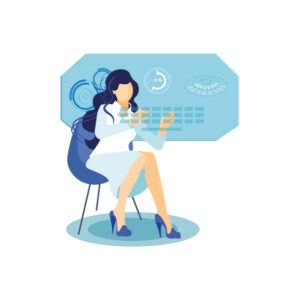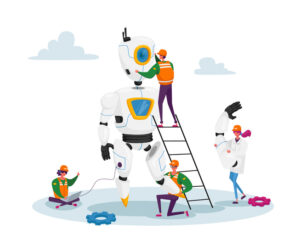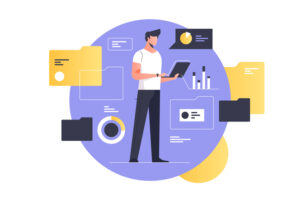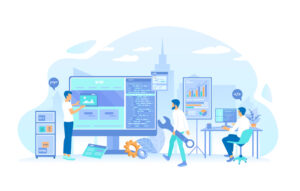Ever had a friend who sends vague texts like “we need to talk” but offers zero details? That’s what traditional monitoring can feel like — providing alerts but leaving you to dig for the root cause. Observability, on the other hand, is like having a friend who not only tells you there’s a problem but hands you the entire backstory. Let’s break down “observability vs. monitoring” to see why both are crucial, but observability takes the cake for modern systems.
What Is Monitoring?
Monitoring is the process of collecting and analyzing data to ensure your systems are functioning as expected. Think of it as a security camera — it keeps watch and lets you know when something’s off, like a server spike or a crashed application. However, monitoring often focuses on pre-defined metrics, meaning you’ll need to anticipate what to track beforehand.
What Is Observability?
Observability goes deeper, offering a holistic view of your system’s internal state. It’s about understanding why things happen, not just what happened. By leveraging logs, metrics, and traces, observability gives you the tools to investigate issues in complex systems. If monitoring is your security camera, observability is the detective piecing together the whole mystery.
Key Differences: Observability vs. Monitoring
- Proactive vs. Reactive
Monitoring tells you something is wrong (e.g., “CPU usage is at 95%”), but observability helps you figure out why it’s wrong. - Scope of Insight
Monitoring is predefined — you track specific metrics. Observability is open-ended, allowing you to explore and ask new questions about your system. - System Complexity
In modern microservices or distributed architectures, observability is indispensable. Monitoring might flag one failing service, but observability can trace the issue across multiple services.
How They Work Together
While observability often gets the spotlight in modern tech discussions, monitoring isn’t obsolete. The two complement each other:
- Use monitoring for constant oversight, alerting you to potential problems.
- Use observability to dive deep and diagnose issues when those problems arise.
It’s like having both a smoke detector (monitoring) and a fire investigation team (observability). One alerts you; the other figures out the cause.
Building Observability into Your Stack
To get started with observability:
- Log Everything: Logs capture events in your system, creating a detailed history of activity.
- Track Metrics: Collect quantitative data like CPU usage, memory consumption, or request latency.
- Implement Tracing: Distributed tracing follows requests as they hop between services, showing where delays or errors occur.
Top Tools for Observability and Monitoring
- Prometheus: A robust tool for monitoring and alerting based on time-series data.
- Grafana: A powerful visualization platform to make sense of your metrics.
- Elastic Stack: A go-to solution for logging and searching system data.
- Jaeger: Ideal for distributed tracing in complex systems.
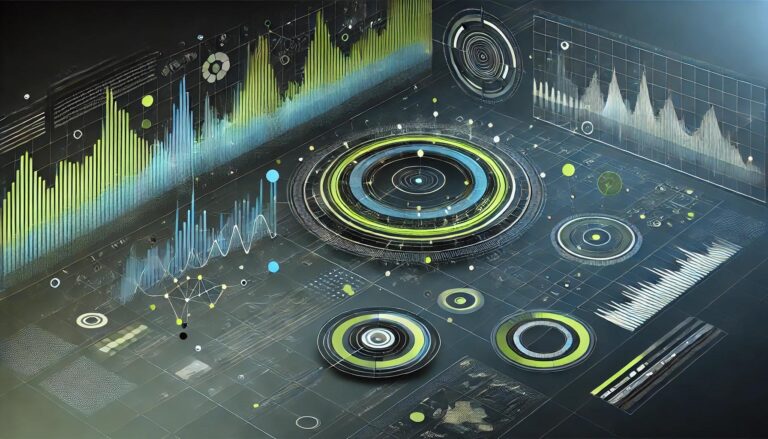
Conclusion
When it comes to “observability vs. monitoring,” the debate isn’t about choosing one over the other—it’s about knowing how they work together. Monitoring is your early warning system, while observability helps you find the root cause of issues and prevent them from happening again.
In the end, both are vital. But if you’re running a high-stakes system (think online shopping during Black Friday), investing in observability isn’t just a smart move — it’s a necessity. Because nobody wants to be the one explaining why the servers crashed.



